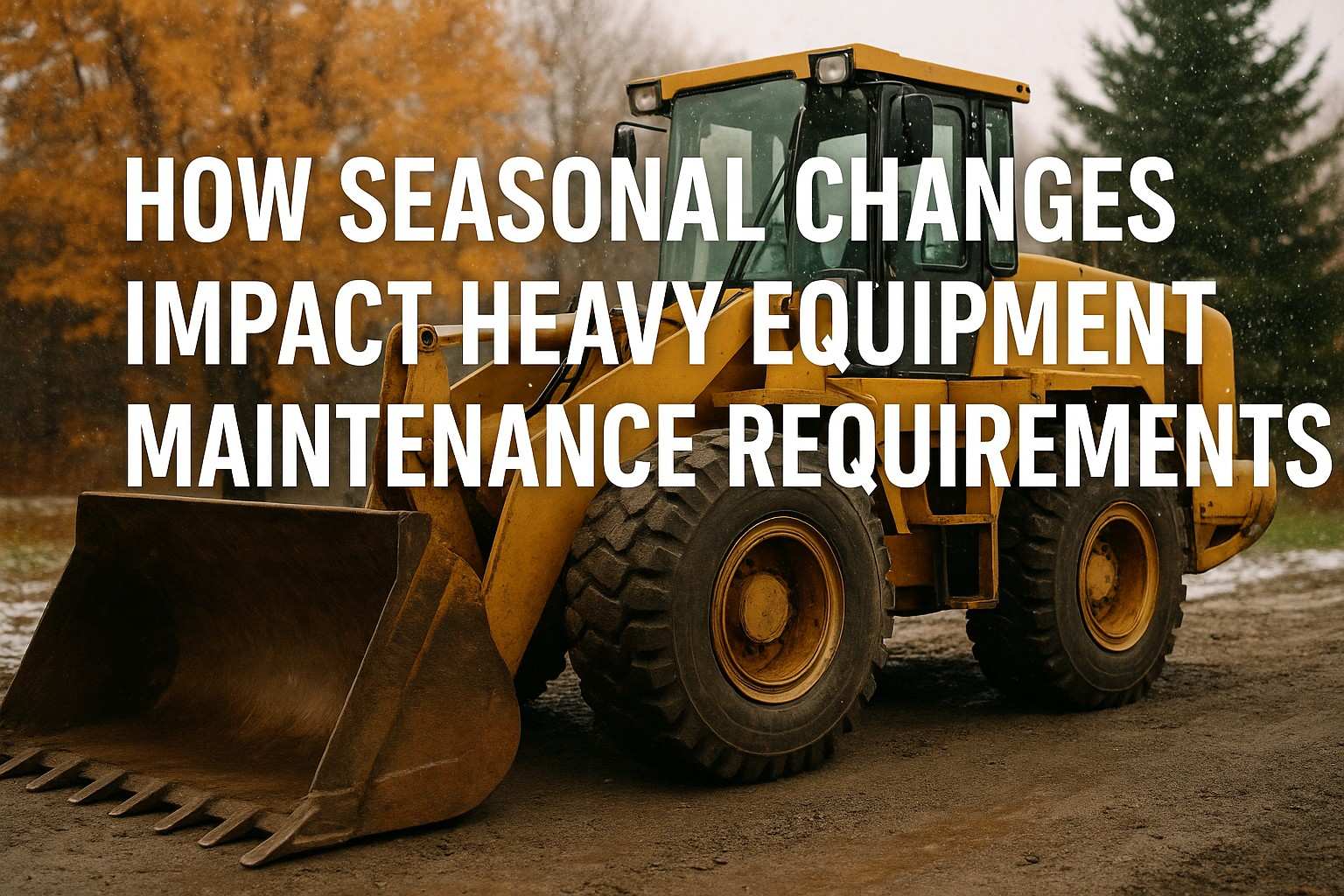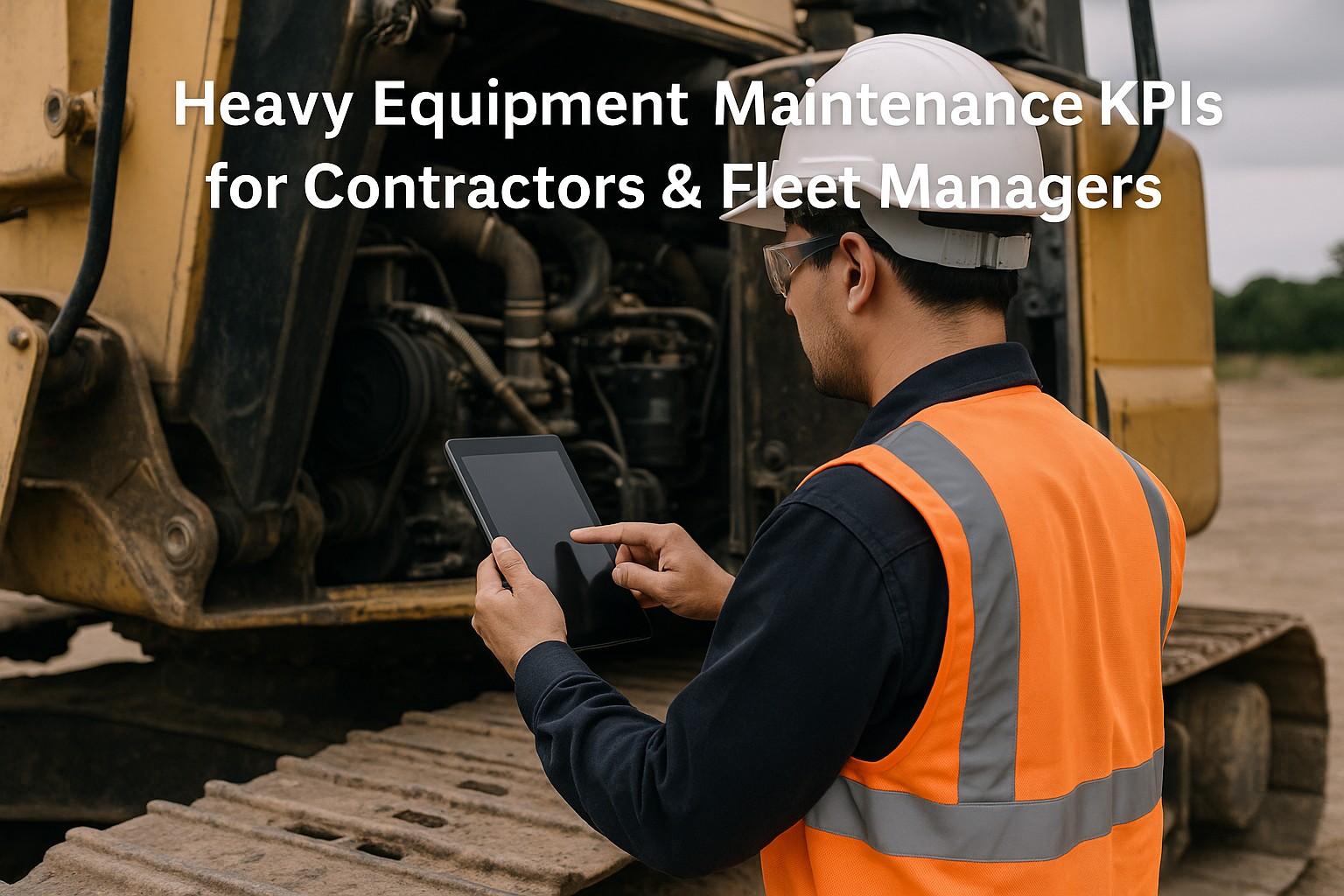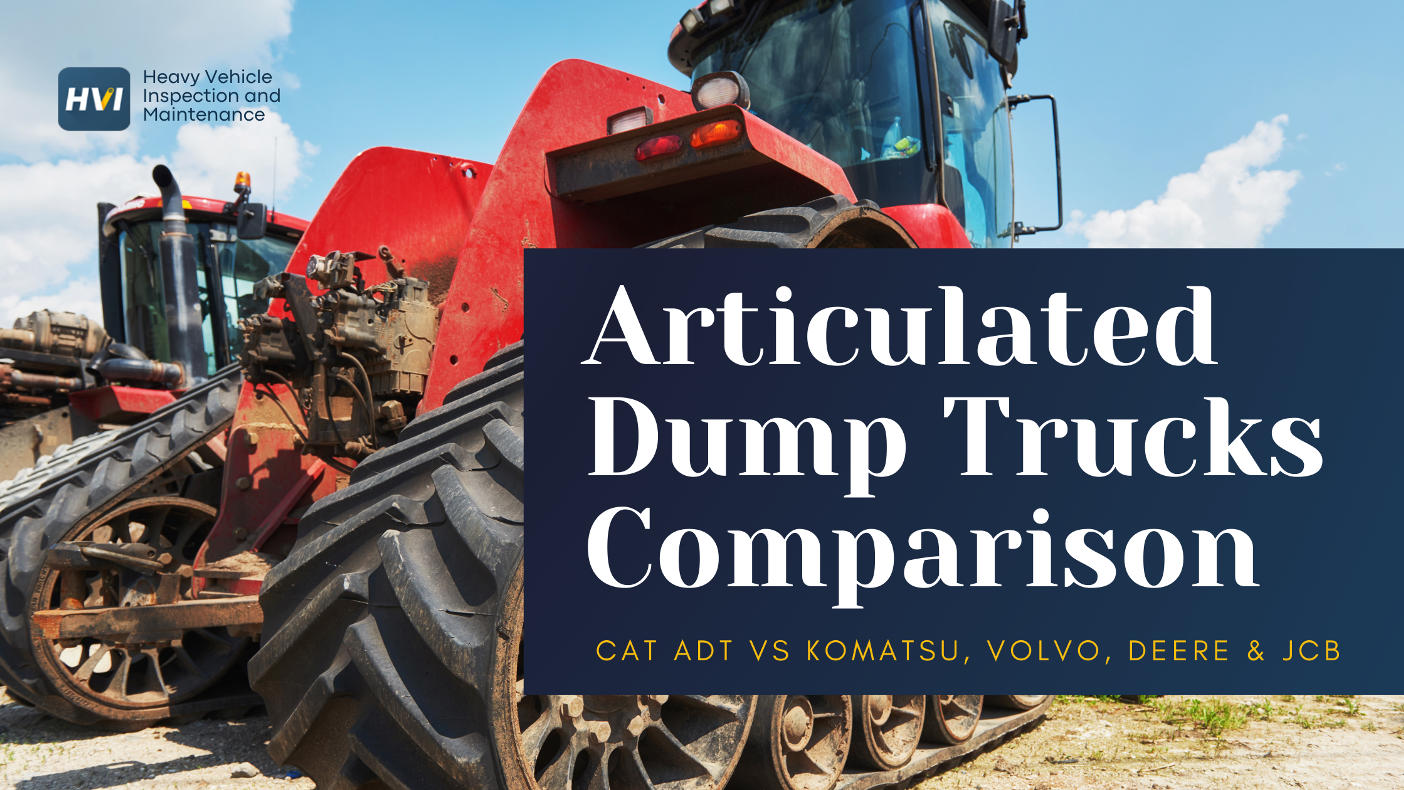As the backbone of numerous industries, heavy vehicles and equipment play a crucial role in powering our world. From construction machinery to long-haul trucks, these workhorses demand meticulous care and attention to ensure uninterrupted performance. This is where preventive maintenance steps in as a game-changer, transforming how fleet operators approach the upkeep of their assets.
The Importance of Preventive Maintenance
Preventive maintenance is the proactive approach to maintaining heavy vehicles and equipment, focusing on regularly scheduled inspections, servicing, and preemptive repairs. Unlike reactive, breakdown-driven maintenance, this strategic method helps fleet managers stay ahead of potential issues, maximizing the lifespan and reliability of their assets.
The need for preventive maintenance arises from the demanding nature of heavy vehicles, which are subjected to intense wear and tear, harsh environmental conditions, and high-stress operations. By implementing a well-structured preventive maintenance program, fleet operators can:
- Avoid Costly Breakdowns: Identifying and addressing minor issues before they escalate into major problems helps prevent unplanned downtime, which can be both disruptive and expensive.
- Extend Asset Lifespan: Consistent preventive maintenance extends the usable life of heavy vehicles and equipment, delaying the need for costly replacements or overhauls.
- Enhance Safety and Compliance: Keeping vehicles in peak condition ensures compliance with relevant safety regulations and reduces the risk of accidents or incidents.
- Improve Efficiency and Productivity: Minimizing downtime and breakdowns allows for more efficient utilization of assets, ultimately boosting overall productivity.
Types of Preventive Maintenance
Preventive maintenance can be categorized into several key types, each serving a specific purpose:
- Time-Based Maintenance: Scheduled service and inspections performed at regular intervals, regardless of the vehicle's usage or condition.
- Condition-Based Maintenance: Maintenance activities triggered by the detection of specific conditions or parameters, such as engine performance or component wear.
- Predictive Maintenance: Leveraging data analytics and advanced technologies to predict when maintenance will be required, enabling proactive action.
- Preventive Replacement: Planned replacement of components or systems before they fail, based on manufacturer recommendations or historical data.
When to Implement Preventive Maintenance
Preventive maintenance should be implemented as a continuous, long-term strategy for heavy vehicle fleets. The optimal time to start a preventive maintenance program is:
- When establishing a new fleet or acquiring new assets
- After a major repair or overhaul
- When experiencing frequent breakdowns or unplanned downtime
Examples of Preventive Maintenance Tasks
Common preventive maintenance tasks for heavy vehicles and equipment include:
- Regular oil changes and fluid replacements
- Tire rotation and replacement
- Brake inspections and adjustments
- Engine tune-ups and component replacements
- Electrical system checks and battery maintenance
- Suspension and steering system inspections
Advantages of Preventive Maintenance
The benefits of a well-executed preventive maintenance program are numerous:
Improved Reliability: Consistent maintenance reduces the risk of unexpected breakdowns, ensuring the continuous availability of heavy vehicles.
Enhanced Safety: Proactive inspections and repairs address safety-critical issues, safeguarding operators and mitigating liability.
Cost Savings: Avoiding costly unplanned repairs and extending asset lifespans can significantly reduce overall maintenance expenditures.
Increased Productivity: Minimizing downtime and maximizing asset utilization leads to higher productivity and better return on investment.
Challenges and Considerations
Implementing a successful preventive maintenance program is not without its challenges. Fleet managers must navigate factors such as:
- Accurate record-keeping and data management
- Ensuring timely completion of scheduled maintenance tasks
- Balancing preventive maintenance with operational demands
- Securing adequate budget and resources for proactive maintenance
The Impact of Preventive Maintenance
The impact of a well-structured preventive maintenance program can be transformative for heavy vehicle fleets. By adopting this proactive approach, fleet operators can:
- Boost asset reliability and availability
- Enhance safety and compliance
- Achieve significant cost savings
- Improve overall operational efficiency
To streamline and optimize your preventive maintenance efforts, consider the Heavy Vehicle Inspection (HVI) app. This comprehensive digital platform provides fleet managers with the tools and insights to effectively manage inspections, maintenance, and compliance for their heavy vehicles and equipment.
Explore The HVI Fleet App Today!
Experience the power of preventive maintenance and take your fleet operations to new heights.
You may also read:
- The Importance of Schedule Maintenance
- Importance of PM Schedules A,B,C & D
- Best Practices to Manage PM Schedules A, B, C and D
- Mastering the Complexity of PM Schedules A, B, C, and D in Transit Fleet Maintenance
- Boosting Safety and Reliability: The Benefits of Automated Preventive Maintenance
- Preventive Maintenance: Unlocking the Power of Proactive Fleet Management
- Preventive Maintenance: The Proactive Approach to Keeping Your Heavy Vehicles Running Strong
- 5 Reasons to Inspect & Maintain your Heavy Vehicles & Equipment in the Cloud
- a href="https://heavyvehicleinspection.com/blog/post/unplanned-breakdowns-vs-timely-pm-services" target="_blank">The Battle of Unplanned Breakdowns vs. Timely PM Services: Achieving Maintenance Excellence





